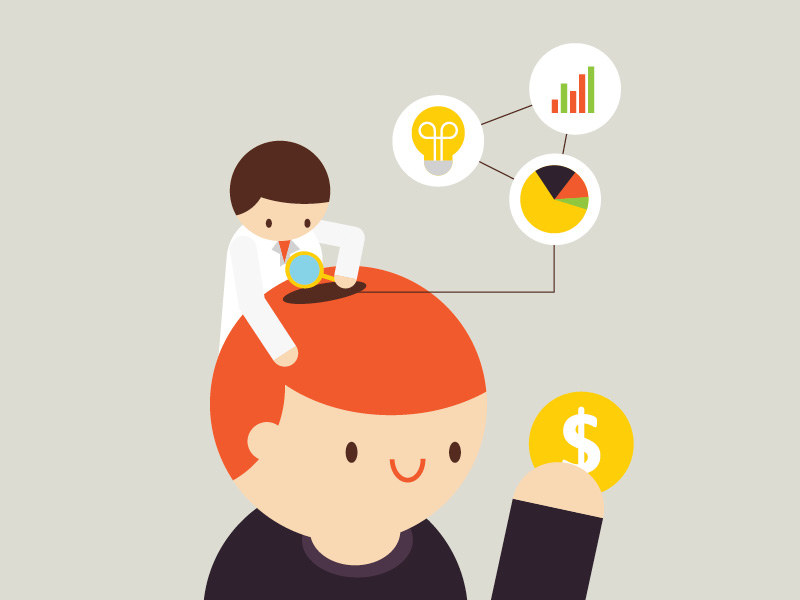Often organisations and their leaders get frustrated that, regardless of all of the investments and efforts that they make, they just can’t seem to get customers to follow their script and behave the way they want.
How can we rethink customer behaviour to achieve our business goals?
Understanding behaviour
Human behaviour is complex, and often easier to explain than to predict. Many factors influence an individual to behave in highly specific ways that are not apparent to others (or even themselves). These include learned behaviours and habits, history, self-concept, values and beliefs.
There are, however, overarching patterns of behaviour and cognitive process that can help us work with individuals or groups of people. In business, we need to take both a macro and a micro view of decision-making and behavioural choice by our customers to maximise our success.
At a micro level, we can consider each customer as an individual, and tune into his or her interactions with us. On a macro level, we can understand that groups of people exhibit common patterns of beliefs, behaviours and preferences that we can frame our broader customer interaction approach around. Understanding both is critical to getting our target customers to behave in ways that offer value.
The path to perfect behaviour
If we consider that perfect behaviour occurs when the most appropriate customers are taking specific actions and decisions that end up with them using our product or service perfectly, then the aim of any marketing effort is to help our customers find their way to this behaviour.
Importantly, this is not about convincing people who are not going to be served by the product or service you offer. This is the fastest way to create buyer remorse and damage your brand.
It is about helping the right people use your product or service appropriately, so they get the maximum possible utility out of its use.
If marketing was defined as “changing customer behaviour”, then every cent your organisation spends on marketing should be intently focused on beneficial behaviour change. Statistics show that up to 65 per cent of all marketing spend is wasted; the problem is, people don’t know which 65 per cent. Investments not specifically aimed at leading customers towards perfect behaviour are wasted.
Creating the path to this perfect behaviour involves a number of important steps.
- Understand how your customers are behaving now
- Understand what drives or influences the decisions they make
- Acknowledge barriers that may stop them changing behaviour
- Understand the way your customers will need to think, feel, believe and act for them to behave perfectly
- Define clear and simple steps that your customers can take to shift across the gap.
Critically, we cannot ask our customers to take massive leaps; this is simply too risky and most people will opt for the safety of the status quo. As we attempt to change customer and consumer behaviour, we have to offer progress in small, achievable steps.
All of this implies that we focus on the customer experience as a whole journey, and not just when they buy from us. The behaviour or decision that needs to change to get purchase action may start (or finish) a long way from our business. There is a whole frame of experiences laden with decisions and behaviours that will help us help them to become perfect.
What behaviours could you focus on that would help your customers and consumers behave?







